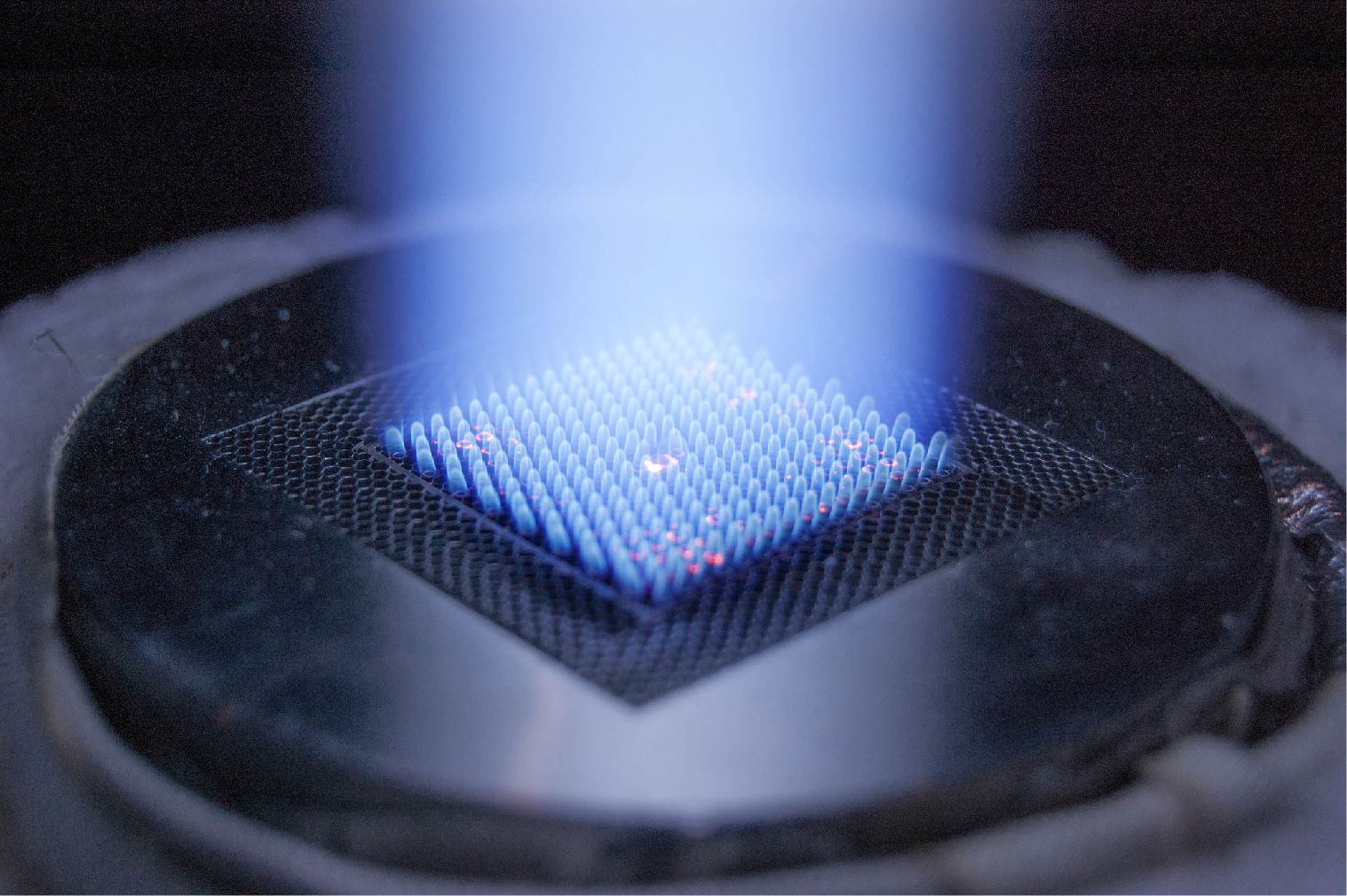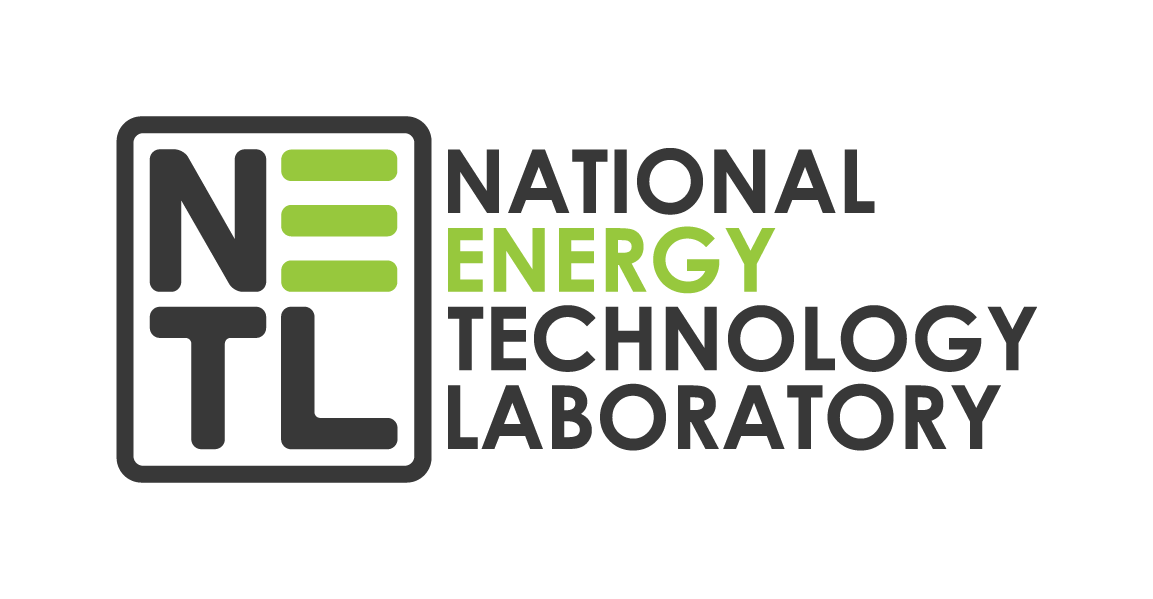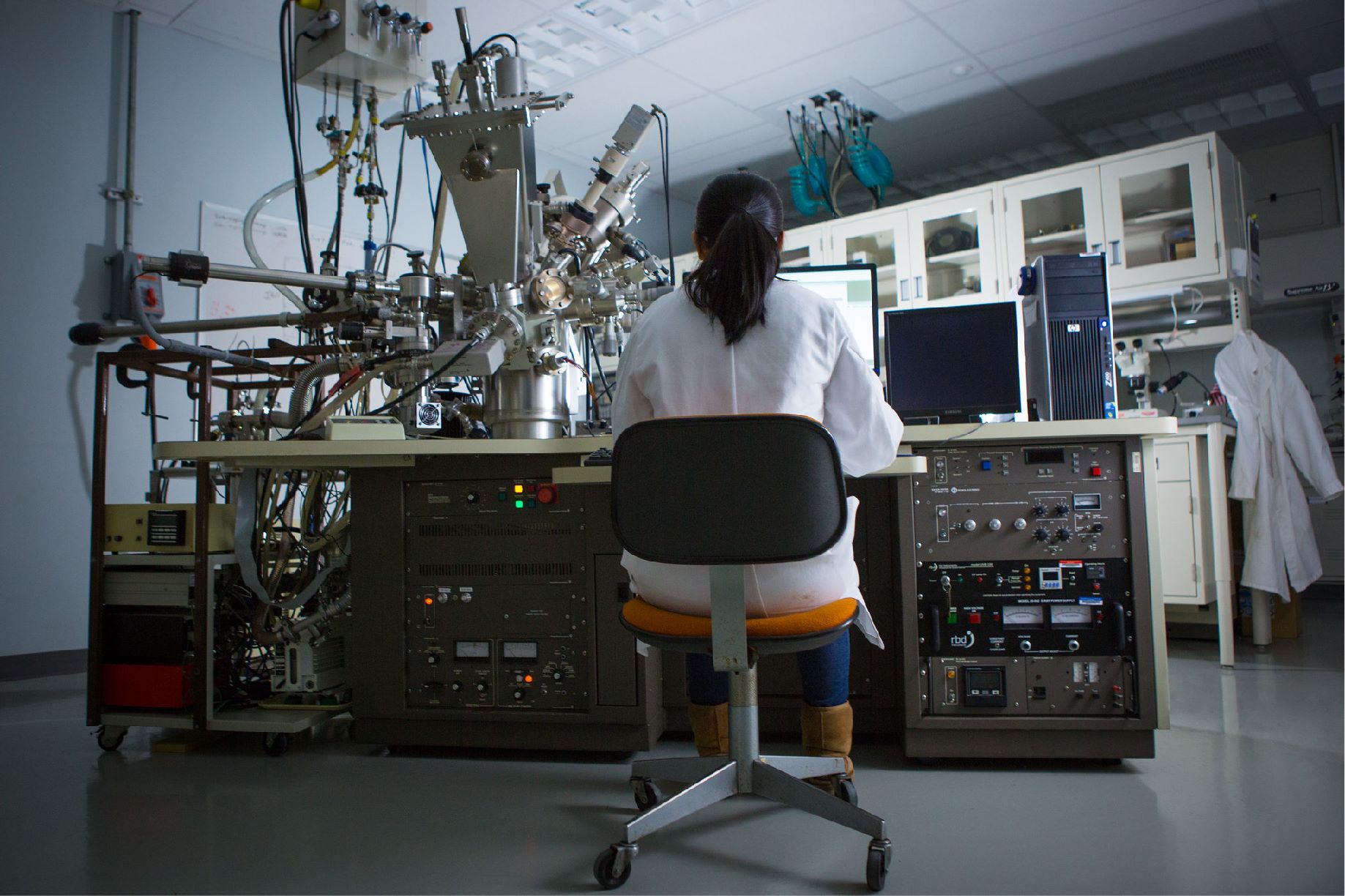Field Demonstration of Horizontal Infill Drilling Using Cost-Effective Integrated Reservoir Modeling-Mississippian Carbonates, Central Kansas
Project Number
DE-FC26-01BC15276
Goal
The objective of this project was to develop a cost-effective method to exploit over 550 million barrels of untapped mobile oil in mature Mississippian carbonate reservoirs in Kansas. The demonstrated tools, techniques, and procedures will be applicable to similar reservoirs in other parts of the United States.
Program
This project was selected under the Preferred Upstream Management Practices (PUMP) solicitation DE-PS26-01BC15304 issued in the fall of 2000. PUMP is aimed at pairing "best practices" and new technology solutions with an active campaign of disseminating information to domestic producers. PUMP goals are to slow the decline of domestic oilfields and to maintain the infrastructure to continue to produce oil as a vital part of National Security.
Performer(s)
University of Kansas Center for Research
Lawrence, KS
Background
Of the 6 billion barrels of oil produced in Kansas, Mississippian carbonate reservoirs account for nearly 1 billion (16.6% as of 2000). With declining production in other-age reservoirs, the contribution of Mississippian reservoirs to the state's oil production has increased to 33% over the past 10 years. The majority of Mississippian production in Kansas occurs at or near the top of the Mississippian section just below the pre-Pennsylvanian unconformity. Small, independent operators with limited technical and financial resources operate most of these fields. Reservoir heterogeneity, high water cuts, and low recovery efficiencies place operations in many fields at or near economic limits. Low average recovery factors of 13-15% result in high well abandonment rates and leave significant residual reserves (estimated at 5.5 billion barrels) in the ground. In this regard, improvement of field management practices that result in an additional recovery of as little as 10% of residual reserves translates to a boost in domestic production by about 550 million barrels
Project Results
Project performers conducted a detailed reservoir characterization and geological model construction of the demonstration site. A horizontal infill well was drilled and cored. Simulation studies were conducted to predict production characteristics of the reservoir.
A technology transfer program was implemented to transfer the tools used and protocols developed in this project.
Benefits
The methods developed and technologies demonstrated in this project provide Midcontinent producers access to new technology important for sustaining production and increasing profitability. The techniques used in the project provide solutions for operator with limited resources trying to resolve challenges associated with compartmentalized fractured reservoirs and low recovery efficiency from vertical wells.
Project Summary
The project performers conducted the following work:
- Identification of regional production constraints in Mississippian carbonate reservoirs of Kansas and identification of criteria for specific reservoir types where horizontal infill wells could overcome the constraints. Researchers also developed a regional database of reservoir properties and demonstrated the application of underutilized, modern, and cost-effective techniques to screen, characterize, and simulate complex reservoir systems.
- Selection of a demonstration site, plus detailed reservoir characterization and geological model construction of the site. Integration of reservoir characterization included development of a petrophysical database and detailed geologic, fluid, petrophysical, and engineering characterization of the horizontal infill demonstration site. It demonstrated the use of several cost-effective analysis tools. Utilizing a suite of tools and techniques, a reservoir geomodel was constructed and used in numerical flow simulation. A horizontal infill well location was based on reservoir simulation studies. An optimum well profile was designed to minimize drilling torque and drag, in order to utilize an underbalanced drilling fluid system and guard against borehole instability.
- Drilling a horizontal infill well and a obtaining a vertical core from the pilot hole of this well. Fracture-imaging logs were obtained in the horizontal segment of the well. Fracture characterization was performed using the vertical core, fracture image log, and analysis of production test results. The research described the in-situ fracture network in the Mississippian rocks of Kansas.
- Conducting simulation studies of the candidate site, using commercial simulators and dual-porosity/permeability models. Single-porosity model simulations were run on DOE freeware (BOAST II and BOAST-VHS) simulators in order to compare results and test the viability of using different modeling methodologies. Determining that single-porosity models are reasonably predictive in Mississippian reservoirs opens the door for cost-effective PC-based reservoir simulation.
- Implementing an aggressive technology transfer program through the life of the project. The tools used and protocols developed in this project are beinge shared with the regional operators by using conventional technology transfer network. Also, emphasis is put on Internet-based technology transfer, thereby directly involving small, independent producers.
.
Current Status
(October 2005)
The project is complete.



